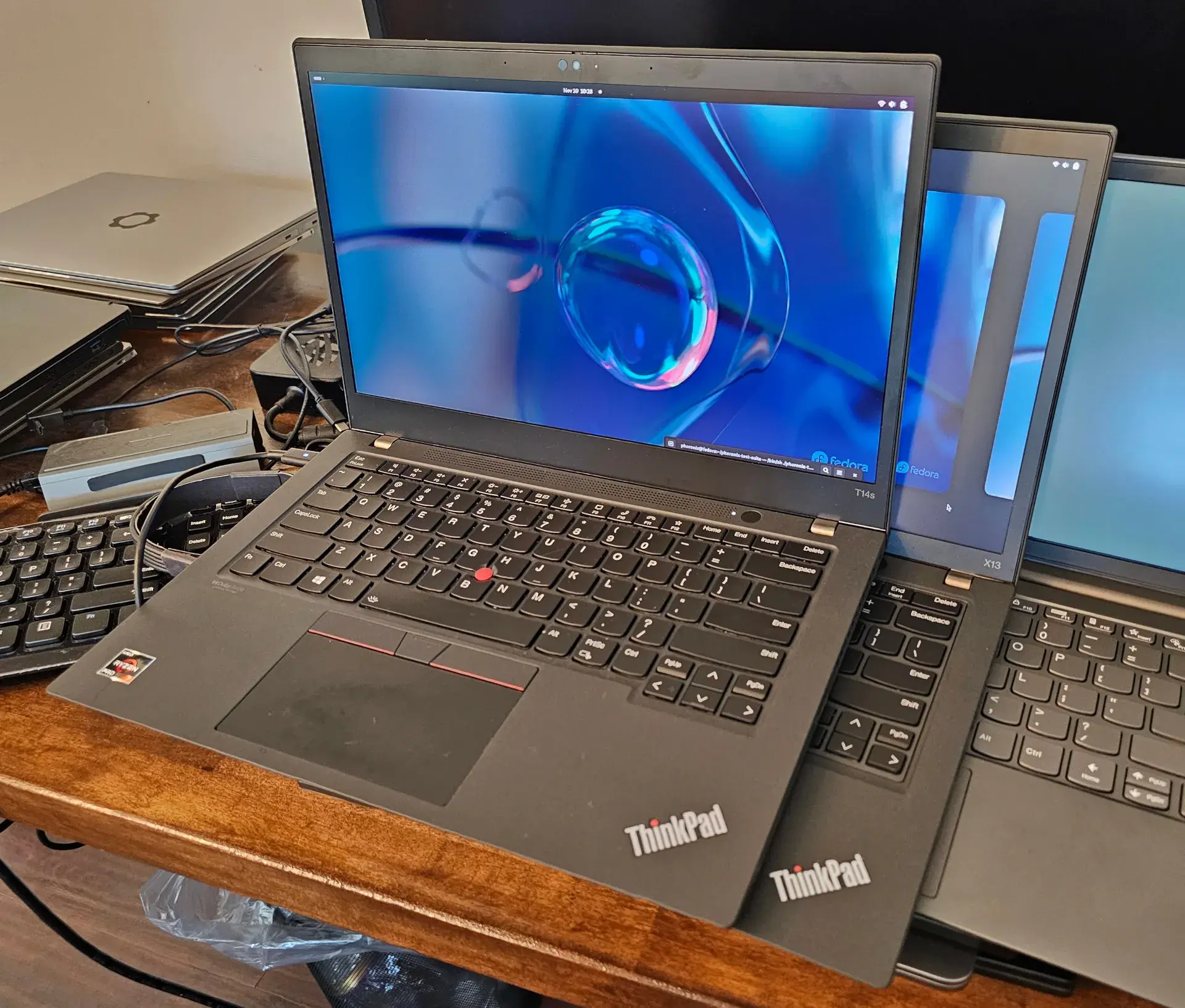Big problem here is that Microsoft seems to have given up on sleep states, and just does S5 and then hibernates (which is horribly slow), so S3 on newer machines is often horribly broken in the firmware and can’t really be used. I’m not really interested in my system going to S5 - I want it in S3.
I wish more vendors produced laptops with coreboot instead of the proprietary junk firmware we normal get.
I don’t get it. Why on earth are ASUS, MSI, Asrock etc paying AMI when they could literally get the FOSS community to write it for them with a little help?
Because software development in a corporate environment relies on milestones, deadlines and guarantees. Open source, which relies on volunteer work, doesn’t do this well.
Blame modern standby (s0i3). S0i3 is a huge mess honestly, really hard to debug from what I’ve heard and so is full of bugs and unintuitive behaviour on both the hw manufacturers side and on windows side. However if it worked as advertised, it would be a strict improvement to s3.
Hibrrnate (S4) is still alive and well but they hide it in the ui, I don’t understand why because in my experience, it is by far the most stable.
This is the best summary I could come up with:
A new Linux kernel patch series sent out today seeks to improve system power consumption at S5.
Mario Limonciello of the AMD Linux engineering team explained in that patch series: "OEM systems that ship with Linux preloaded need to go through energy certifications that match regulatory bodies in the regions that they will ship.
If any of those certifications don’t pass then OEMs might not be able to ship systems preloaded in applicable regions.
Multiple models of systems are reported to fail in Linux but pass for Windows on the exact same hardware.
With this series power consumption at S5 drops on some affected systems to ranges that should be acceptable to ship preloaded."
Simply put, Linux on some newer laptops are not currently meeting necessary regulatory certifications but behave fine on Windows.
The original article contains 338 words, the summary contains 133 words. Saved 61%. I’m a bot and I’m open source!
Out of curiosity, what’s preventing someone from making a regulatory db similar to tzdb other than the lack of maintainers?
This seems like the perfect use case for something like this: ship with a reasonable default, then load a specific profile after init to further tweak PM. If regulations change you can just update a package instead of having to update the entire kernel.
tzdb is maintained by IANA. Doubt you can find a similarly large org to run the regulatory db project






